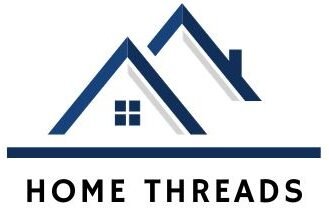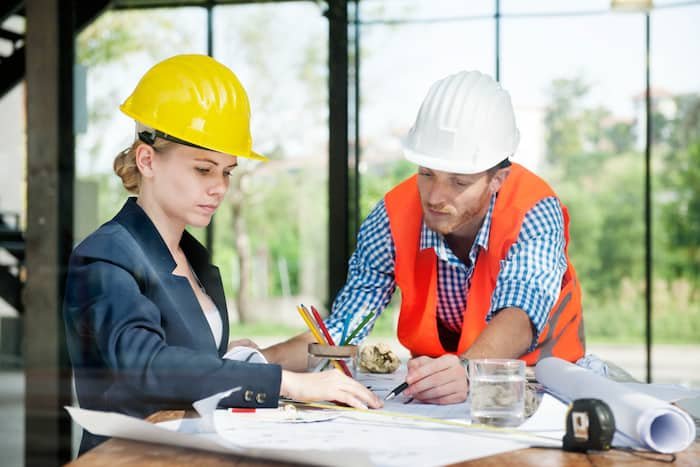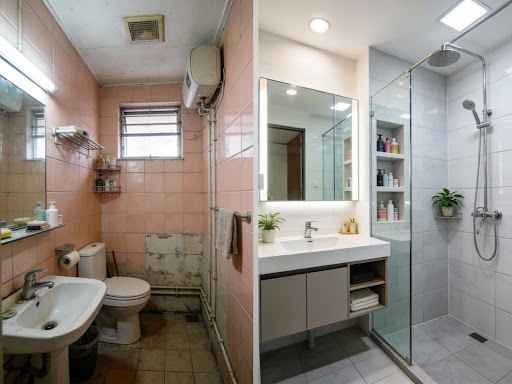Floor safety is a critical concern for any facility, whether it’s a commercial building, a public institution, or a residential area. Slips, trips, and falls are among the most common accidents, often leading to severe injuries and costly liabilities. Ensuring the safety of your flooring involves a series of evaluation techniques that can identify potential hazards and mitigate risks effectively. One key aspect of these evaluations is floor slip testing, which provides quantitative data on the slip resistance of floor surfaces.
Understanding Slip Resistance
Slip resistance is the measure of how much friction a floor surface offers against the soles of shoes under both dry and wet conditions. This characteristic is crucial in preventing accidents, particularly in high-traffic areas and environments prone to moisture or spills.
Types of Floor Testing Methods
There are various methods used to evaluate the slip resistance of flooring, each suited to different environments and flooring materials:
- Pendulum Test: This dynamic test measures the frictional resistance between a swinging dummy heel and a wet floor surface. It’s widely recognized and used for legal and safety compliance.
- Tribometer Testing: Portable tribometers are used on-site to measure the coefficient of friction (COF) under both dry and wet conditions, providing immediate feedback on a floor’s slip resistance.
Regular Evaluations
Consistent and regular floor evaluations are necessary to maintain an environment safe from slip and fall hazards. This involves more than just initial testing; it includes ongoing assessments to ensure that safety standards are continuously met.
Key Aspects of Floor Safety Evaluations
- Routine Inspections: Regularly inspect floors for wear and tear, damage, or changes in texture that can affect slip resistance.
- Environmental Factors: Assess how changes in the environment, such as humidity, temperature, and cleanliness, impact the effectiveness of anti-slip treatments or the inherent slip resistance of the flooring.
- Usage Patterns: Consider how foot traffic patterns and the use of cleaning products or waxes can alter floor safety over time.
Implementing Preventative Measures
Based on the results of floor evaluations, implementing preventative measures is essential to reduce the risk of slips and falls.
Effective Strategies for Enhancing Floor Safety
- Anti-slip Coatings: Apply specialized coatings that increase the traction of existing floors without compromising aesthetics.
- Adequate Signage: Place warning signs in areas where the risk of slipping is higher, especially if temporary conditions like wet cleaning are present.
- Proper Cleaning Regimens: Use cleaning methods and products that maintain or enhance the floor’s slip resistance. Avoid polishes or waxes that can decrease traction.
Education and Training
Educating staff and visitors about potential slip hazards and how to avoid them is crucial. This might include:
- Awareness Programs: Conduct training sessions to teach employees about the importance of maintaining floor safety and the steps they can take to prevent accidents.
- Proper Footwear: Encourage or require the use of footwear designed to enhance traction, particularly in areas known for slippery conditions.
Through thorough and regular evaluations, including floor slip testing, and the implementation of targeted safety measures, facilities can significantly reduce the risk of floor-related accidents. This not only protects individuals but also reduces legal liability for business owners and property managers. By mastering these floor safety evaluation techniques, you create a safer environment for everyone, demonstrating a commitment to health and safety that can have positive impacts on organizational culture and public perception. Effective floor safety management is an ongoing process that requires vigilance, knowledge, and proactive strategies to be truly successful.







